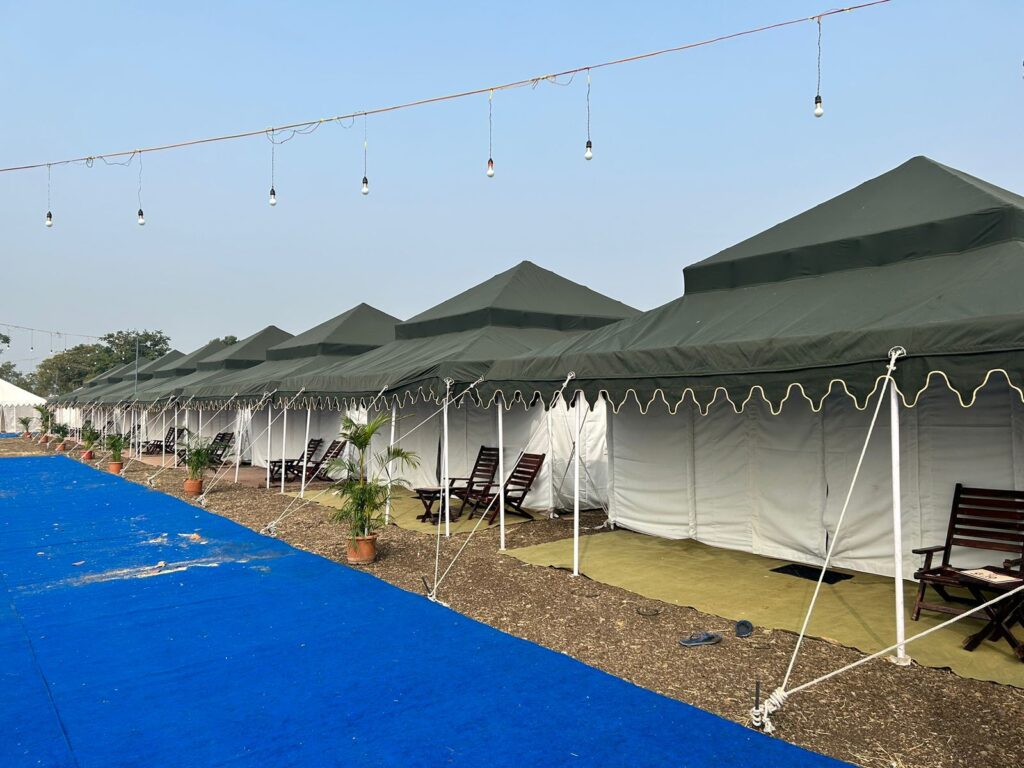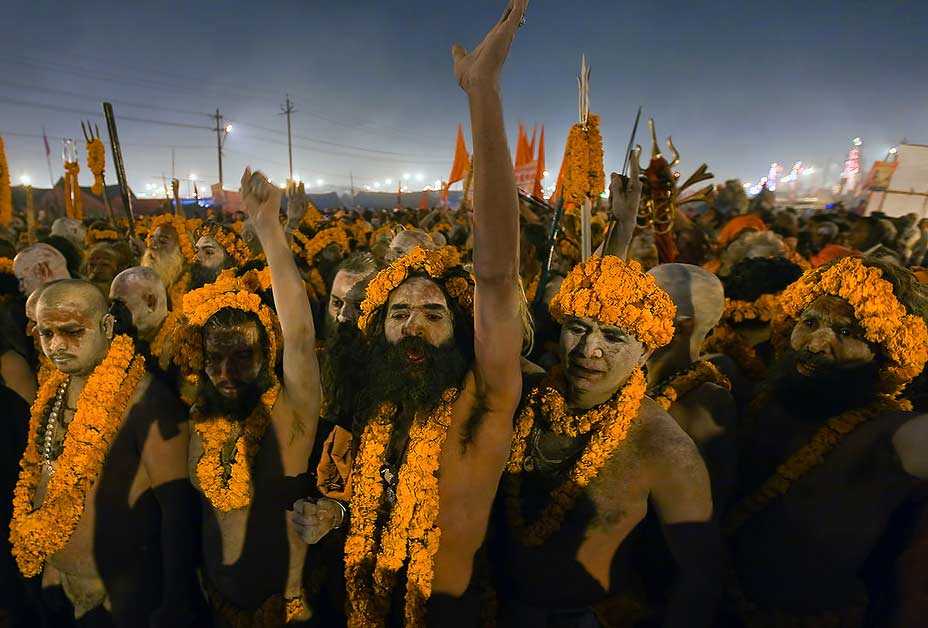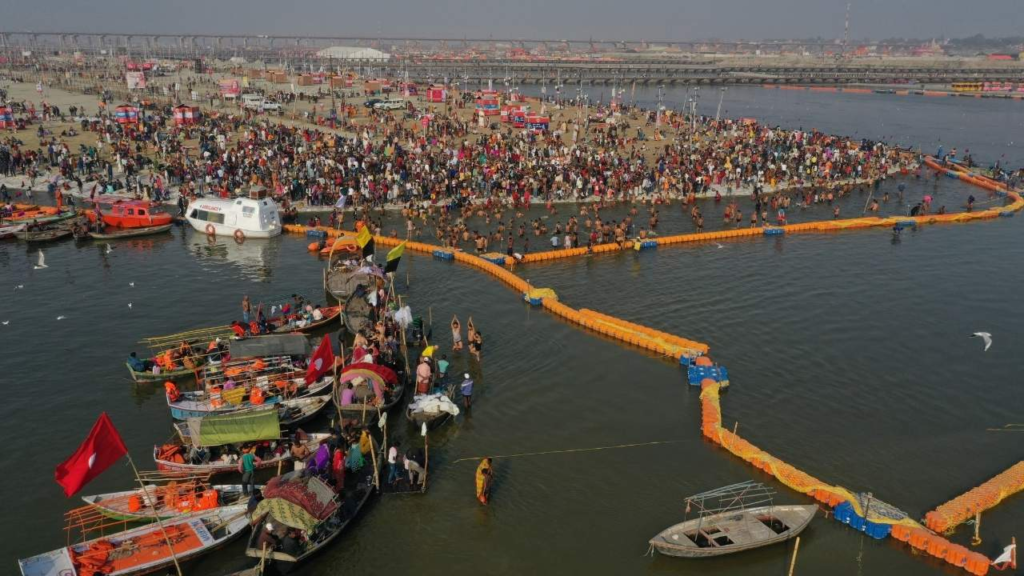Mahashivaratri and Masan Holi in Varanasi
Mahashivaratri and Masan Holi in Varanasi: A Divine and Mystical Celebration
Varanasi, the city of Lord Shiva, witnesses an unparalleled spiritual vibrancy during Mahashivaratri, and an equally intriguing festival called Masan Holi. These celebrations bring together devotion, mysticism, and unique traditions that reflect the deep connection between Shiva and Kashi.
Mahashivaratri: The Great Night of Lord Shiva
Mahashivaratri, celebrated in Phalguna (February-March), marks the night of divine cosmic energy when Lord Shiva is believed to have performed the Tandava, the dance of creation and destruction. Devotees observe fasts, Rudrabhishek, temple visits, and all-night vigils, chanting Om Namah Shivaya.
Key Highlights of Mahashivaratri in Varanasi:
-
Grand Celebrations at Kashi Vishwanath Temple – Thousands gather to offer milk, honey, and bel leaves to the sacred Shivalinga.
-
Shiva Baraat (Procession of Lord Shiva) – A vibrant representation of Shiva’s marriage to Goddess Parvati.
-
Ganga Aarti at Dashashwamedh Ghat – A mesmerizing ritual that enhances the divine aura of the festival.
-
Night-Long Jagran and Bhajans – Devotees sing hymns and stories of Lord Shiva through the night.
Masan Holi: The Festival of Colors with the Departed Souls
While Holi is known for joyful celebrations across India, Masan Holi in Varanasi is a unique and eerie yet spiritually significant ritual. It is celebrated in the Manikarnika Ghat, the sacred cremation ground, where death is seen as the ultimate truth and a path to liberation.
Why is Masan Holi Celebrated?
-
It is believed that Lord Shiva plays Holi with ashes of the departed souls, signifying the transcendence of life and death.
-
The festival is a reminder that Shiva is the Lord of both creation and destruction.
-
Aghori Sadhus and Shiva devotees play with ashes and chant mantras, embracing the eternal cycle of life.
What Happens During Masan Holi?
-
Aghori Sadhus and devotees smear themselves with ashes and engage in mystical rituals.
-
Devotional songs and chants echo through the cremation grounds.
-
The festival signifies fearlessness towards death and acceptance of Shiva’s cosmic play.
Experiencing the Spiritual Enigma of Varanasi
Mahashivaratri and Masan Holi in Varanasi together create a divine ambiance that blends devotion, philosophy, and unique cultural traditions. If you seek a deep spiritual experience, witnessing these celebrations in Kashi is truly a once-in-a-lifetime experience.
Are you planning to visit Kashi during Mahashivaratri? Let Namokashi guide you through the mystical journey of Varanasi’s divine celebrations.
Har Har Mahadev!
Mahashivaratri and Masan Holi in Varanasi
Mahashivaratri and Masan Holi in Varanasi: A Divine and Mystical Celebration
Varanasi, the city of Lord Shiva, witnesses an unparalleled spiritual vibrancy during Mahashivaratri, and an equally intriguing festival called Masan Holi. These celebrations bring together devotion, mysticism, and unique traditions that reflect the deep connection between Shiva and Kashi.
Mahashivaratri: The Great Night of Lord Shiva
Mahashivaratri, celebrated in Phalguna (February-March), marks the night of divine cosmic energy when Lord Shiva is believed to have performed the Tandava, the dance of creation and destruction. Devotees observe fasts, Rudrabhishek, temple visits, and all-night vigils, chanting Om Namah Shivaya.
Key Highlights of Mahashivaratri in Varanasi:
-
Grand Celebrations at Kashi Vishwanath Temple – Thousands gather to offer milk, honey, and bel leaves to the sacred Shivalinga.
-
Shiva Baraat (Procession of Lord Shiva) – A vibrant representation of Shiva’s marriage to Goddess Parvati.
-
Ganga Aarti at Dashashwamedh Ghat – A mesmerizing ritual that enhances the divine aura of the festival.
-
Night-Long Jagran and Bhajans – Devotees sing hymns and stories of Lord Shiva through the night.
Masan Holi: The Festival of Colors with the Departed Souls
While Holi is known for joyful celebrations across India, Masan Holi in Varanasi is a unique and eerie yet spiritually significant ritual. It is celebrated in the Manikarnika Ghat, the sacred cremation ground, where death is seen as the ultimate truth and a path to liberation.
Why is Masan Holi Celebrated?
-
It is believed that Lord Shiva plays Holi with ashes of the departed souls, signifying the transcendence of life and death.
-
The festival is a reminder that Shiva is the Lord of both creation and destruction.
-
Aghori Sadhus and Shiva devotees play with ashes and chant mantras, embracing the eternal cycle of life.
What Happens During Masan Holi?
-
Aghori Sadhus and devotees smear themselves with ashes and engage in mystical rituals.
-
Devotional songs and chants echo through the cremation grounds.
-
The festival signifies fearlessness towards death and acceptance of Shiva’s cosmic play.
Experiencing the Spiritual Enigma of Varanasi
Mahashivaratri and Masan Holi in Varanasi together create a divine ambiance that blends devotion, philosophy, and unique cultural traditions. If you seek a deep spiritual experience, witnessing these celebrations in Kashi is truly a once-in-a-lifetime experience.
Are you planning to visit Kashi during Mahashivaratri? Let Namokashi guide you through the mystical journey of Varanasi’s divine celebrations.
Har Har Mahadev!
Travels Services
- KASHI TOUR PACKAGE 2 DAY-1…
- KASHI TOUR 02 NIGHTS /…
- KASHI TOUR 4 DAYS PACKAGE
- KASHI TOUR 5 DAYS PACKAGE
- KASHI TOUR 6 DAYS PACKAGE
- Buddhist Circuit Tour 8 day…
- Buddhist Circuit Tour 5 Days…
- Swaminarayan Chhapaiya Tour Package (3…
- Chennai To kashi Yatra
- Best Time to Visit Varanasi
- Buddhist Pilgrimage Tour Package
- Buddhist Pilgrimage Sacred Buddhist Sites


